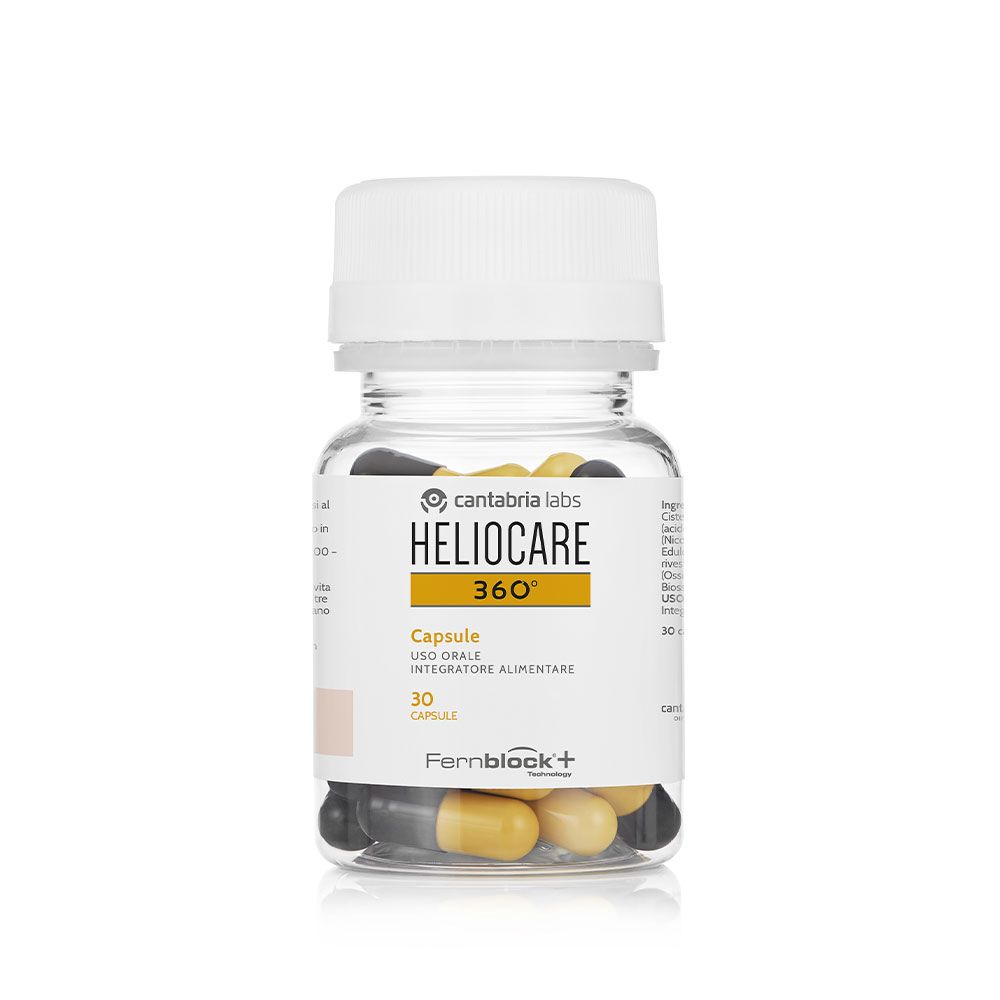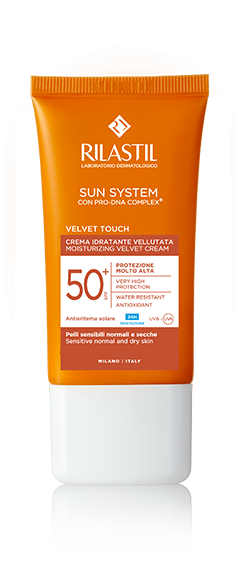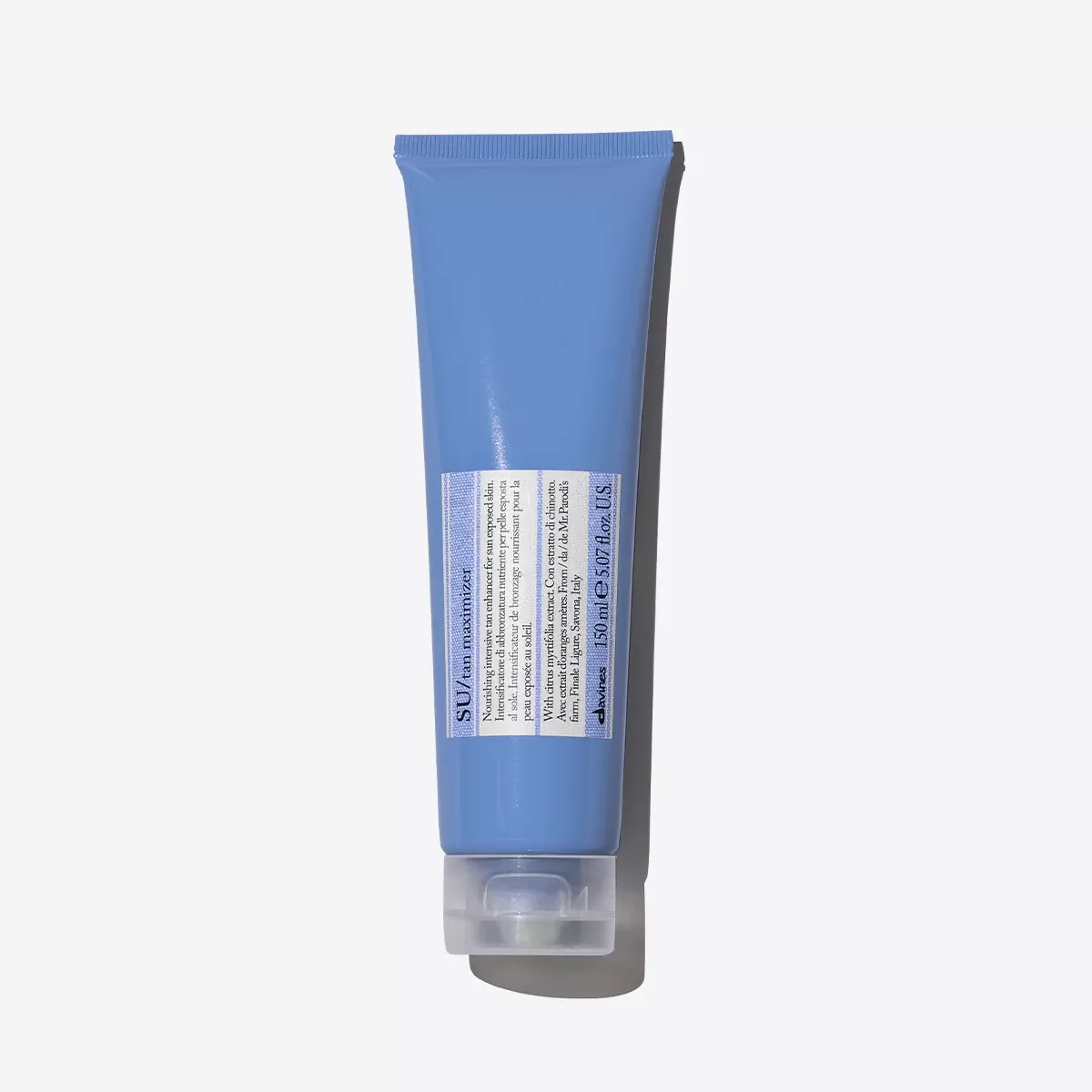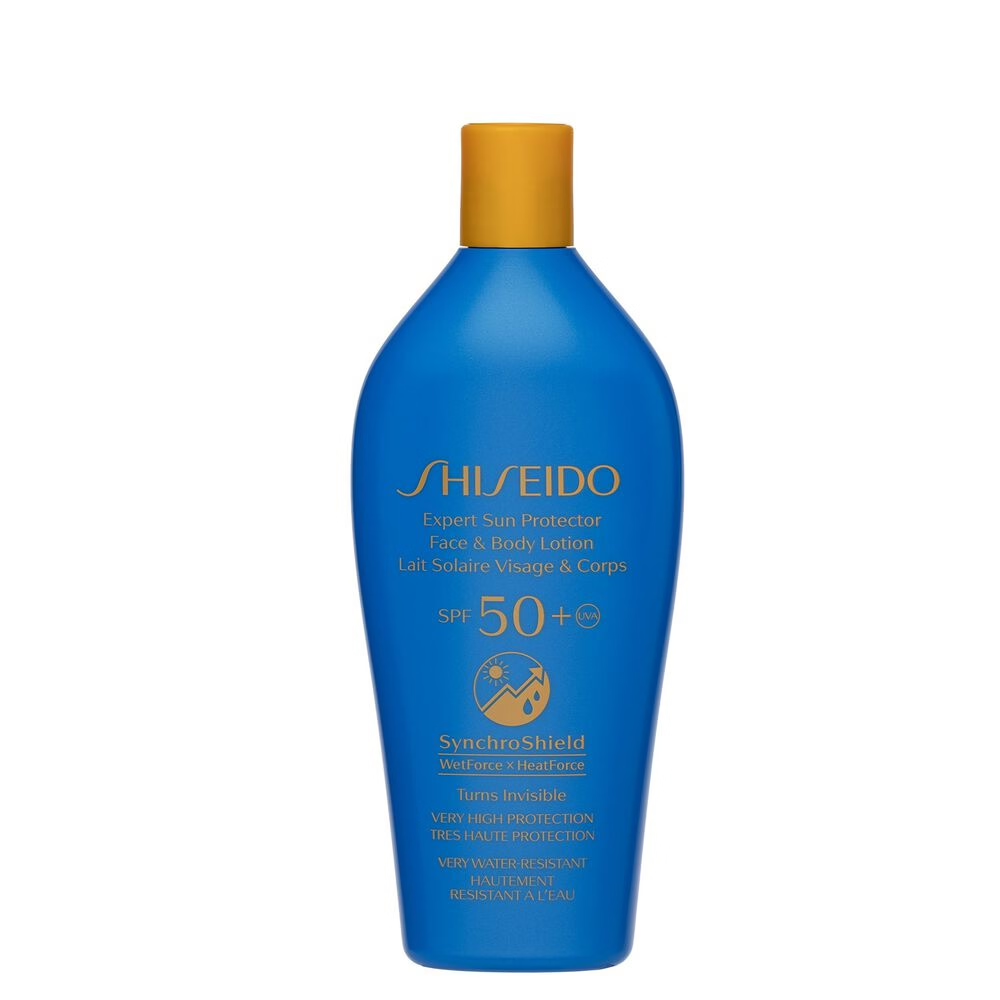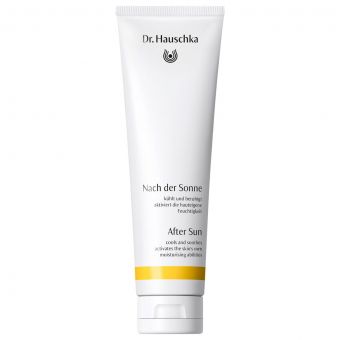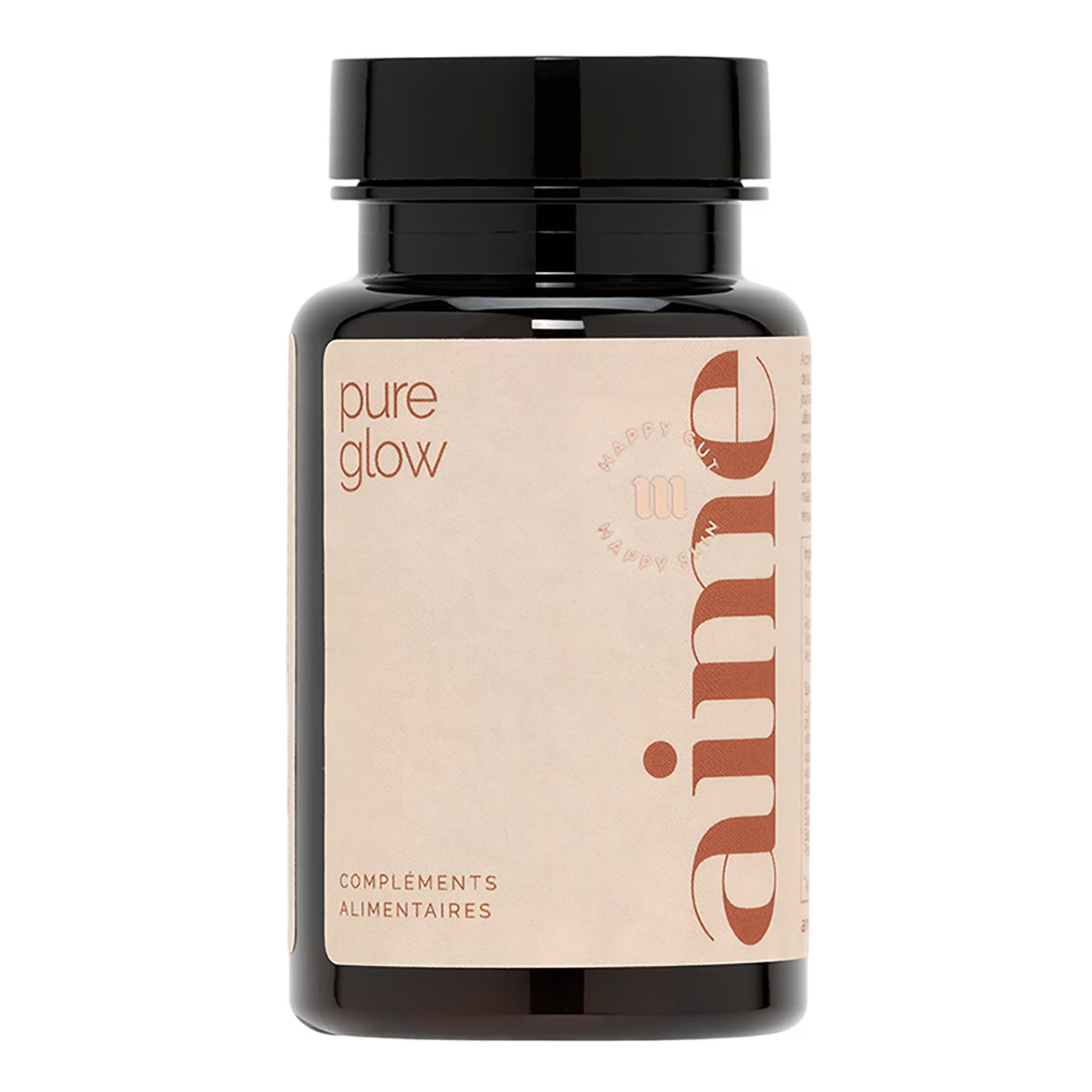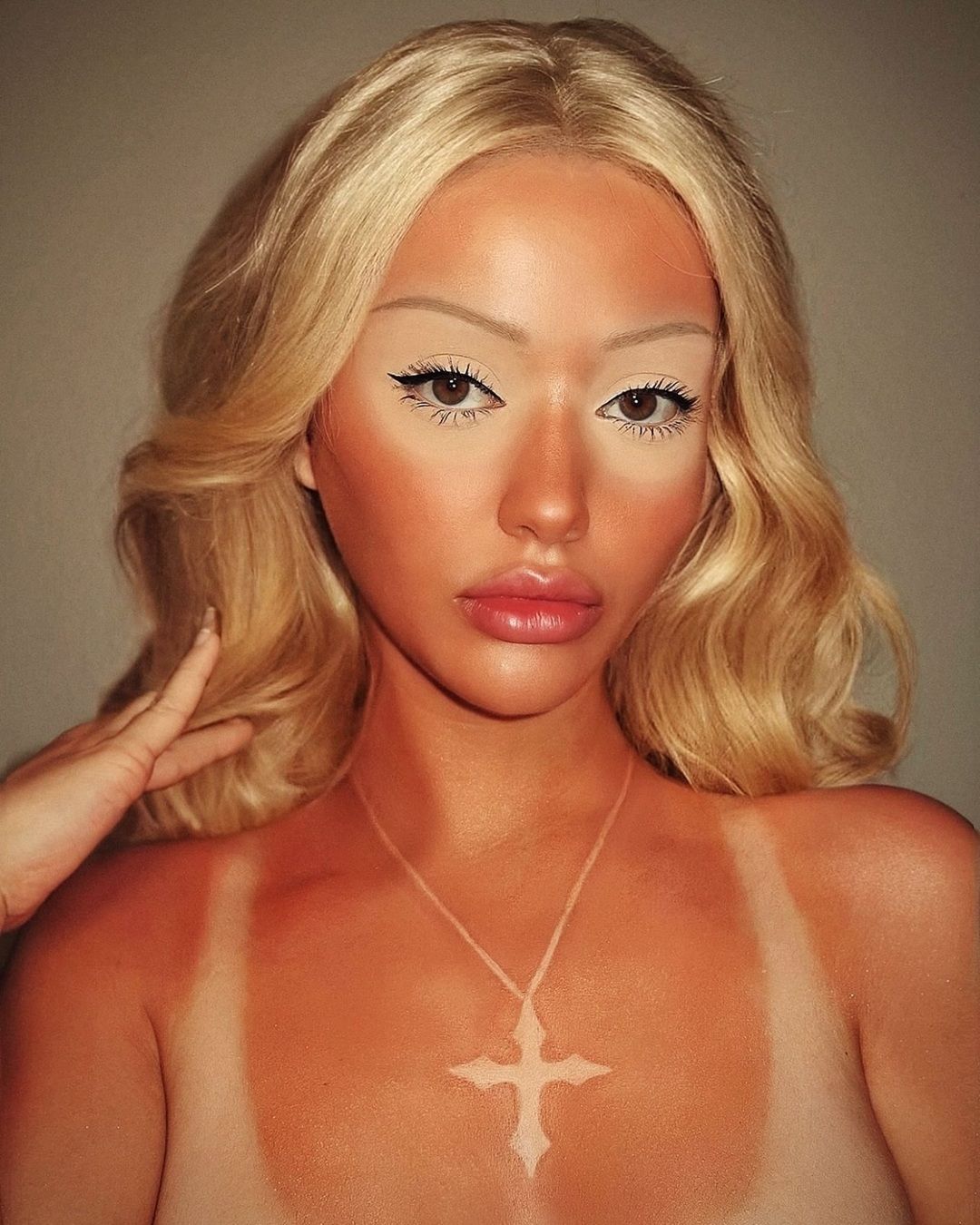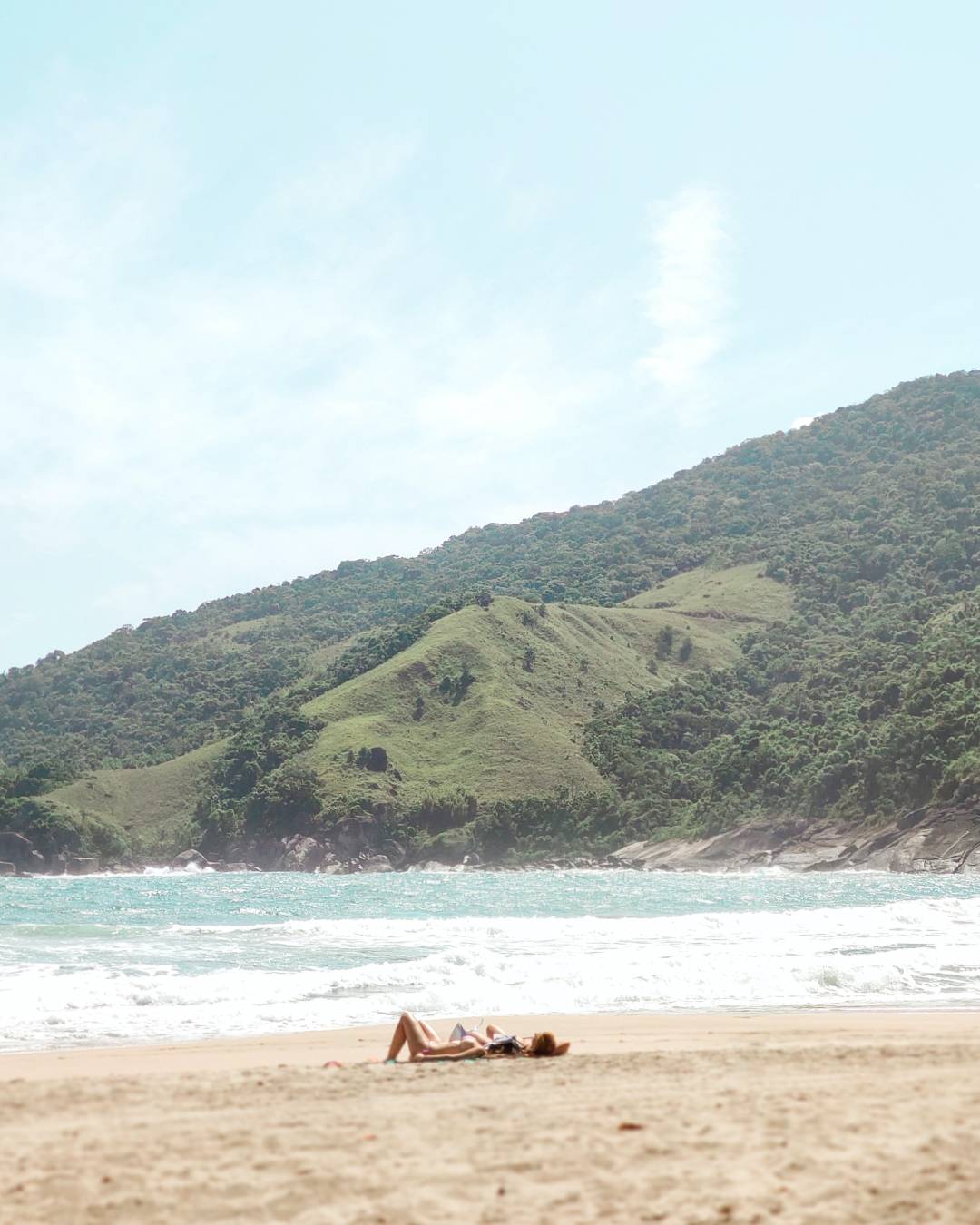
Myths to dispel about tanning How to achieve radiant skin with a smart tan
Although we talk a lot about the importance of sun protection and try as much as possible to raise awareness on the subject, there are some false myths that persist. For example, there are still TikTok videos promoting tanning lamps and advising against the correct use of SPF, when in fact it is a basic means of protecting us from the damage of the sun's rays, which we now know are not only premature ageing and its visible signs, but also and above all skin cancer. There is no doubt that a nice tan makes us feel and look better, but we should also remember that any change in the colour of the skin caused by UV rays, whether from the sun or from a session in a tanning lamp, is basically skin damage.
'Tanning is a process in which the skin tries to protect itself by releasing pigment (melanin) to protect skin cells,' explains dermatologist Dr Ben Esdaile, an expert in the early detection and treatment of skin cancer and a specialist on the Skin + Me team. The risks, especially from tanning lamps, are real. Tanning lamps emit UV rays that can be up to fifteen times more intense than the midday sun on the Mediterranean. According to a study published in the British Medical Journal, someone who has ever used a tanning lamp is 20 percent more likely to later develop melanoma, the most serious skin cancer, than people who have never used one. The same study found that young people are particularly at risk, with those who start using tanning lamps before the age of 35 having a 75 per cent increased risk of malignant melanoma. In fact, according to Cancer Research UK, young women up to the age of 24 are responsible for the largest increase in melanoma diagnoses. Together, let us debunk some of the most common myths about tanning and find out why it's important to beware of the damage UV rays can cause to our skin.
Using a tanning lamp to get a 'base tan' before going on holiday helps prepare the skin for the sun
The skin does not actually need any preparation before sunbathing. a base tan does not reduce the risk of sunburn,' says Dr Ahmed El Muntasar, a general practitioner. On the contrary, it will only damage your skin more before you go. This damage will be exacerbated if you sunbathe while on holiday.
Tanning dries out acne
'UV rays do not get rid of acne,' says Dr Emma Craythorne, consultant dermatologist, skin cancer expert and founder of KLIRA Skincare. On the contrary, UV rays weaken the skin barrier, causing it to lose moisture. "They can aggravate acne by causing excessive sebum production and the appearance of blackheads or whiteheads," explains Craythorne. "Initially, UV radiation can temporarily relieve the inflammation of a pimple, but this temporary benefit is quickly replaced by a long-term negative effect."
Tanning lamps are safer than sun exposure
The basic idea of a tanning lamp is to expose the skin to high-intensity UV rays in order to tan faster. this releases harmful UV rays that can penetrate the skin and damage skin cells, which can lead to cancer,' says Dr Esdaile. Tanning lamps have been shown to increase the risk of developing the two most common types of skin cancer: squamous cell carcinoma by 58% and basal cell carcinoma by 24%.
Sunburn is synonymous with tanning
Many people think that spending all day in the sun or using a tanning lamp is OK not visibly tanning the skin. But there is a lot going on beneath the surface of the skin that you need to be aware of. Recently, UVA rays (rays that cause ageing) and UVB rays (rays that cause sunburn) are carcinogenic. "The damage may not be immediately visible, but the ultraviolet rays damage the structural proteins of the skin, including elastin and collagen, which cause skin ageing," says Dr Esdaile. they also damage the DNA of the cells, which can lead to skin cancer. All this can happen without burning the skin."
20 minutes in a tanning lamp is equivalent to 20 minutes in the sun
False. "20 minutes in a tanning lamp is not the same as 20 minutes in the regular sun," says Dr Craythorne. As for UVB radiation, the exposure is about the same, he adds, "but on the UVA side, a tanning lamp is at least 10 times more harmful to the skin."
Tanning lamps improve mood and help with seasonal depression (SAD)
Light therapy, which involves sitting near a specific light for at least 30 minutes, has been shown to improve symptoms of seasonal affective disorder (SAD) in some people during autumn and winter. Although tanning lamps emit an intense light, any slight improvement in mood is "completely outweighed by the risk of skin cancer', Dr Esdaile notes. Much healthier are UV-free tanning lamps, also known as SAD lamps, which use white light with an integrated UV philtre. They are specifically designed to mimic natural sunlight (without risk to the skin) and trick the brain into thinking it's summer, causing it to release the feel-good chemical serotonin.
The tan is necessary to get vitamin D
."
A malignant mole is not important because the doctor can simply remove it
"The classic signs of skin cancer to look out for are a change in the size or appearance of an existing mole," says oncologist Dr Tim Crook. "If it gets bigger, bleeds, itches or changes shape or colour, you should report these signs to your GP immediately." Although we do not want to scare you, you should not take a malignant mole lightly. "All types of skin cancer are affected by UV radiation," says Dr Esdaile. "More than any other risk factor, UV exposure increases the risk of skin cancer, no matter what your skin type."
Are you ready? nss G-Club has selected the 10 best creams and supplements for a smart tan:






















































